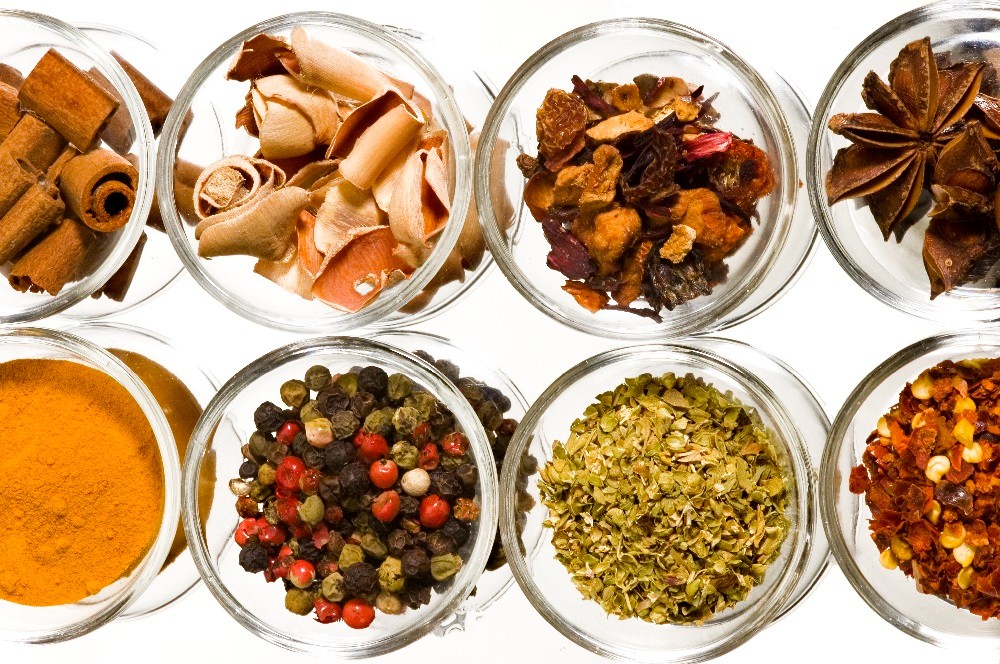THE McCormick Flavour Forecast has been uncovering the trends that transform the way consumers cook, flavour, and eat for over two decades. The Flavour Forecast 21st Edition continues to connect consumers and food professionals with the latest global flavours and ingredients to delight the senses and bring eating experiences to the next level.
McCormick team members across five global regions connected with notable culinary experts to uncover the latest innovations in flavour. The research over the past year included a series of virtual, interactive at-home culinary experiences led by chefs exploring a range of flavours from nutritious to indulgent that offer unique tastes, colours, and textures for both food and drinks.
This interview with Annalee O' Rourke, R&D Director Southeast Asia, McCormick and Tawinkarn Ariyavaradhorn, Culinary Development Chef Southeast Asia, McCormick provides more details on Southeast Asia's preferences.

(From left) Ms Annalee O' Rourke, R&D Director Southeast Asia, McCormick, and Ms Tawinkarn Ariyavaradhorn, Culinary Development Chef Southeast Asia, McCormick
What will be new in Southeast Asia, a region with very diverse tastes?
The McCormick® Flavour Forecast® is a forward-thinking annual global report that identifies emerging flavour trends driving “what's next” in flavour at restaurants, on retail shelves and in-home kitchens for the next one to three years.
The four themes in McCormick® Flavour Forecast® 21st edition are very relevant to Southeast Asia (SEA) and we do see them developing across retail and quick service restaurants (QSR).
In Plant Pushing Boundaries, we see an increase in the use of local plants and flowers for taste, texture, and colour indulgence. Right now, social media is awash with vibrant images of bright blue and rich purple foods naturally coloured with butterfly pea flower and Ube. Butterfly pea flower is being used to give a beautiful blue shade to coffees, sodas, salads and more. In Thailand we see spicy Thai-styled salad with blue rice vermicelli, served with lime wedges on the side. When customers squeeze the limes to get the sourness they prefer, they can watch the dish magically transform from blue to purple. Ube the sweet yam from the Philippines has also become a social media darling, appearing in all things sweet from ice-creams to macarons. This is partly due to its photo-worthy purple colour but also its natural healthy nature.
For Humble Nosh, the Pandan Kaya specifically featured in the 21st Flavour Forecast is a great example for this theme in SEA. Pandan is used in local sweets and desserts, or even adding its juice when boiling rice to infuse the fruity and floral aroma into the dishes. Pandan kaya can be found everywhere from street food stalls, QSR, convenience stores and bakeries. It's also a great example of a humble Southeast Asian ingredient that has made its way into global kitchens.
More than 70% of the Earth's surface is covered with water. In SEA, the Underwater, Under Discovered theme can be seen through the wide use of seaweed, commonly used in home and restaurant cooking. Recently it has become a craze in SEA with different seaweeds appearing on QSR menus and retail shelves. Nori (a kind of red algae) used for making Japanese sushi also appears in Korean BBQ and in snacks and seasonings to sprinkle over foods for added flavour. Kombu or Wakame is considered a natural source of umami for stock, soup, and salad while grape seaweed is becoming popular as a health food throughout SEA.

Southeast Asia's enduring flavours balance hot, sour, warm, and sweet (Photo: Dreamstime.com)
The theme, Physiological Eating has been driven by the pandemic as consumers become more conscious of mind-body balance. With a resurgence of interest in traditional health from Ayurveda to Chinese Herbal medicine and local herbs and spices, people are seeing food not only as a joy of the senses but also a way to nurture physical and mental balance and wellbeing. Across Asia we see examples of eating for balance – spices, chillies and tamarind are used to bring a warming effect, limes give refreshing cooling sourness, coriander and shallot bring sweetness. In Laos and Thailand, the traditional snack Miang Kham (leaf-wrapped salad bite), combines the six tastes in just one bite – bringing together ginger, bird’s eye chilies, toasted coconut, roasted peanuts, shallots, dried shrimps, lime pieces, with a sauce made of palm sugar and tamarind juice.
In Southeast Asia, one other flavour theme that continues to be prominent and always evolving is the need for spicy flavours. This theme was identified in last year's McCormick® Flavour Forecast® Looking back to look forward, where we celebrate and reflect our 20 years of innovation and discovery in flavours.
In the Spicy (R)evolution theme, we looked at bold and spicy flavour profiles that many consumers (especially in SEA) crave, driven by regional taste preferences, social media, and heritage. One featured ingredient is pepper, known for its up-front bite, lingering sensation and intense and pungent flavour. Pepper is often used in SEA cuisines to drive heat and we see it used in both savoury and sweet packaged foods. We foresee the need for heat to continue growing in SEA.
SEA is indeed very diverse when it comes to taste. While the forecast theme gives a good overarching insight of emerging flavour trends, the key to winning consumers' hearts still depends on working with the right flavour partner that has a deep understanding of consumer taste preferences and ability to develop innovative and customised flavours.
What flavours are emerging in line with new F&B trends?
Driven by consumer trends and the on-going pandemic we see an increasing use of herbs and spices as flavours across many categories such as meal kits, ready meals, savoury snacks, instant noodles, beverages, and in quick service restaurants. This use of herbs and spices has been growing significantly in SEA because of their familiarity and perceived health benefits.
In SEA, there has been an increased demand during the pandemic for black garlic and jamu (ginger) in Vietnam and Indonesia respectively. Consumers see these ingredients as traditional remedies to boost immunity.1 Manufacturers are tapping onto this, adding these immunity-boosting flavours into their products. This is likely to be an evolving trend as consumers are becoming increasingly conscious of what they eat.
Do natural ingredients matter significantly to the region's consumers?
There has been increased demand for natural ingredients in SEA overall. There is an observation across the food industry that consumers are reading more into natural ingredients, nutrition facts and claims on product, especially with the on-going pandemic.
The sustained and increased demand for herbs and spices in our McCormick Consumer business since the pandemic began also tells us that consumers are buying more natural ingredients. As consumers cook and dine more at home, they are looking for ingredients that are “better for you” and herbs and spices offer a natural and healthy way to add flavour, sweetness, and colour to food.
----
Reference
1Mintel: “How COVID-19 is impacting food and drink markets in Southeast Asia”














